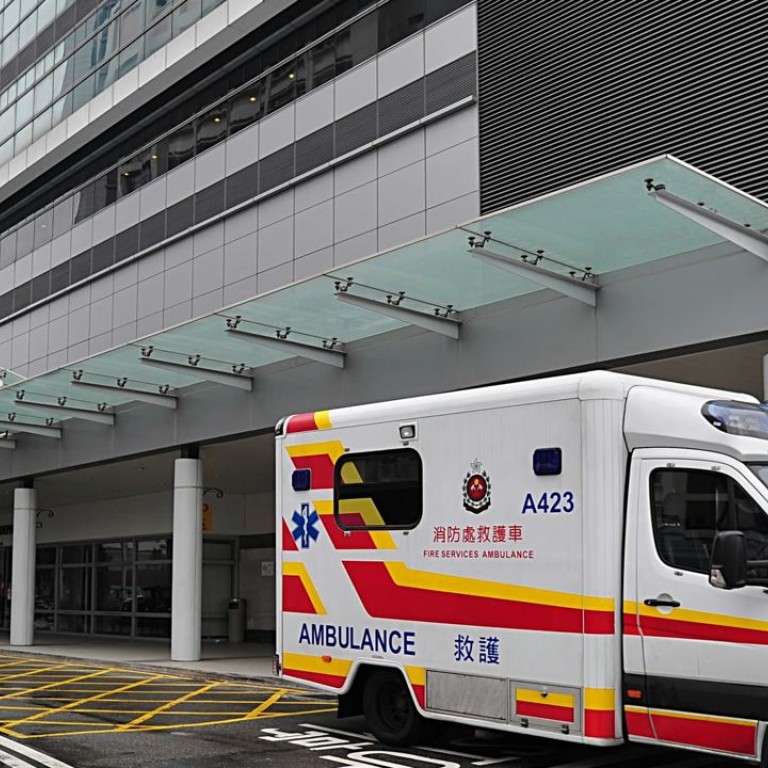
New | Hong Kong’s Hospital Authority should fully pursue reasons for deaths after surgery
Operations can never be risk free, but if certain hospitals are more prone to serious mishaps, then a full inquiry is warranted
When the death rate of patients after surgery in a particular hospital is consistently higher than elsewhere, it is legitimate to ask why. The annual audit report by the Hospital Authority, which takes into account the mortality ratios of those who died within 30 days of operations, has again raised some disturbing questions.
The report appears to be nothing new at first glance. The Tuen Mun Hospital ranked worst in surgical performance for the sixth time. The ratio of fatalities per scheduled operation was 2.202, meaning the actual number of deaths was more than double the expected number. Ruttonjee Hospital has the best performance, with a ratio of only 0.298. For emergency operations, Princess Margaret Hospital had the worst ratio of 1.48. The report has reinforced the public impression that some hospitals are “safer” than others.
The authority is to be commended for enabling the public to see for themselves how well the 17 public hospitals have performed in terms of surgery. The intention is not to name and shame the bad ones, but to help identify inadequacies and weaknesses and to initiate reforms and improvements.
But the task is only half done. Officials were unable to explain why Tuen Mun Hospital deteriorated again this year, even though measures had been put in place to improve performance earlier. In the case of Princess Margaret Hospital, officials believed the high ratio was attributed to the transfer of patients for vascular surgery from elsewhere. New measures will be introduced to address the problem.
Although the 10 deaths at Tuen Mun hospital were more than expected, the number is still relatively small compared to the some 25,000 operations carried out in public hospitals over the past year. Surgery, after all, can never be risk free. Nor is it realistic to expect zero human error in medical treatment. But if certain hospitals are apparently more prone to serious mishaps, a full inquiry is warranted.

